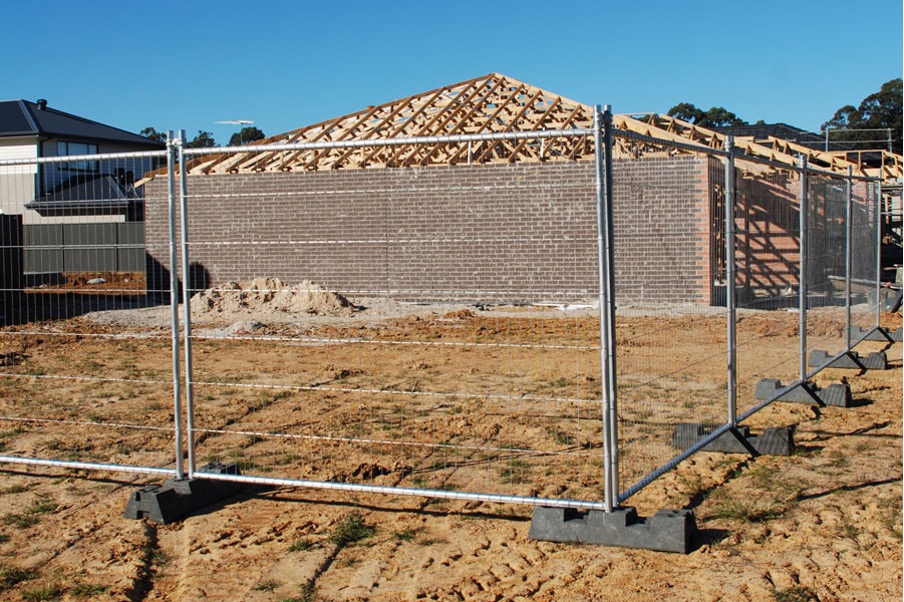Unsurprisingly, construction is one of Australia’s most dangerous industries. Australia is a country that builds, with construction being the backbone of our economy. Naturally, this means an increased injury risk, something which our stringent safety standards attempt to mitigate!
With this in mind, here are 11 safety measures that any job site in Australia must have:
- Safety training
All construction workers must hold their current white card before they can work onsite. They should receive job-specific induction training to ensure they are aware of any onsite risks and can offer risk mitigation management in case of an emergency.
- Managing & reducing risks
The construction industry is one where it is impossible to alleviate all health risks. However, risk reduction can be created through regular safety audits and having all safety equipment in place, including the best fence hire Brisbane has available.
- Environmental conditions
Australia has seen a lot of extreme weather in recent years, and this can be incredibly hazardous on a worksite. Any worksite should contain an emergency plan in the event of severe weather or a natural disaster.
- First aid
There should always be at least one first aid worker for every 25 construction workers. First aid kits and other health equipment should be freely accessible on any worksite.
- Personal protective equipment
Companies are typically obligated to provide personal protective equipment like safety harnesses, high-vis vests and safety goggles. A full list of the safety equipment you need can be found at the Safe Work Australia website.
- Worksite security
All worksites should contain restricted site access. This not only reduces the risk of intrusion and theft from the work site but can also protect pedestrians and workers from accidentally entering a high-risk area. Finally, site restrictions should also exist to protect construction companies from liability and negligence in the case of an accident or security issue.
- Safe work method assessments
Safe work method states (SWMS) are essential for any high-risk project. SWMS must detail the project’s scope, any potential injury risks and how they will be mitigated. Construction cannot commence before this is undertaken.
- Put up proper signage
The entire site should be fitted with proper signage to ensure any potential hazards are clearly indicated at all times. There should also be a 24-hour emergency contact number and a map detailing the site and the directions to the site office. The signage should also detail any entry/exit points, first aid, emergency fire equipment and amenities like toilets.
- entry/exit points
Every site should have separate entry/exit points for heavy machinery and vehicle access. This is enforced to ensure pedestrian and worker safety in high-traffic areas.
- Proper chemical storage
Chemicals have to be properly stored to mitigate the risk of asphyxiation, chemical injury, explosions, fires and worksite pollution. Companies should enlist high-quality, construction-compliant outdoor storage solutions to reduce spillage and segregate chemicals.
- Avoiding dropped objects
It is the worker’s responsibility to ensure any high-up items are secured to reduce any risk of dropping them.
As you can see, Australia takes building and construction safety very seriously. There is always an added risk of injury in this industry, and so we have put in place many rules to ensure this risk is reduced (if not fully alleviated!). As such, you can expect to find these common worksite safety measures and a whole lot more on any site you enter in Australia!

